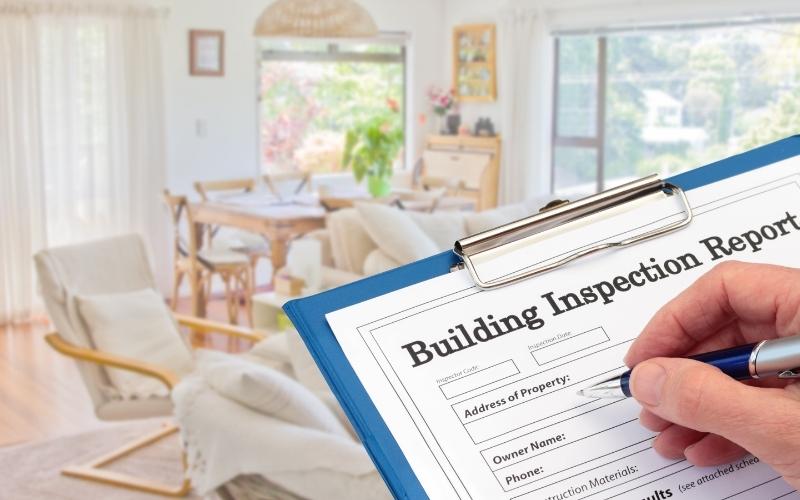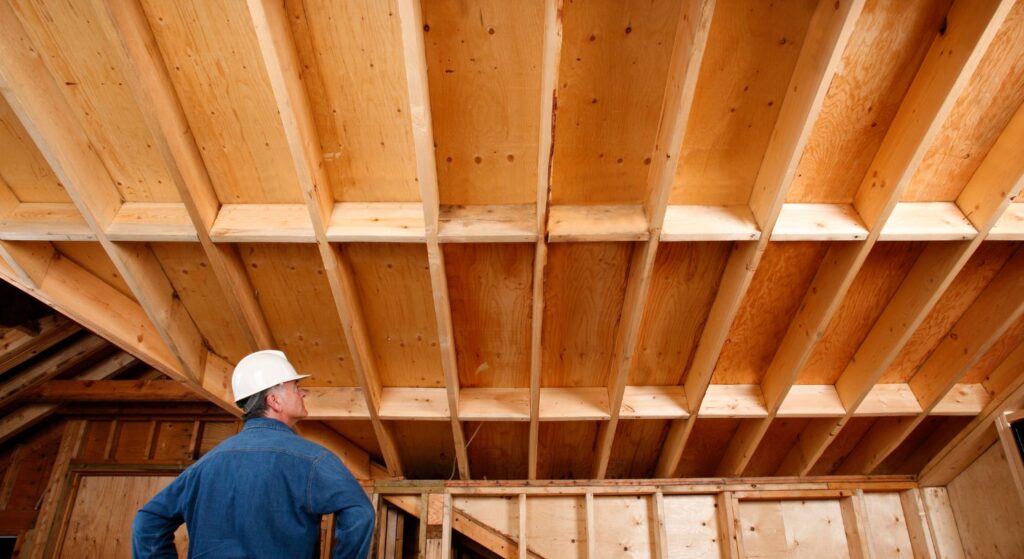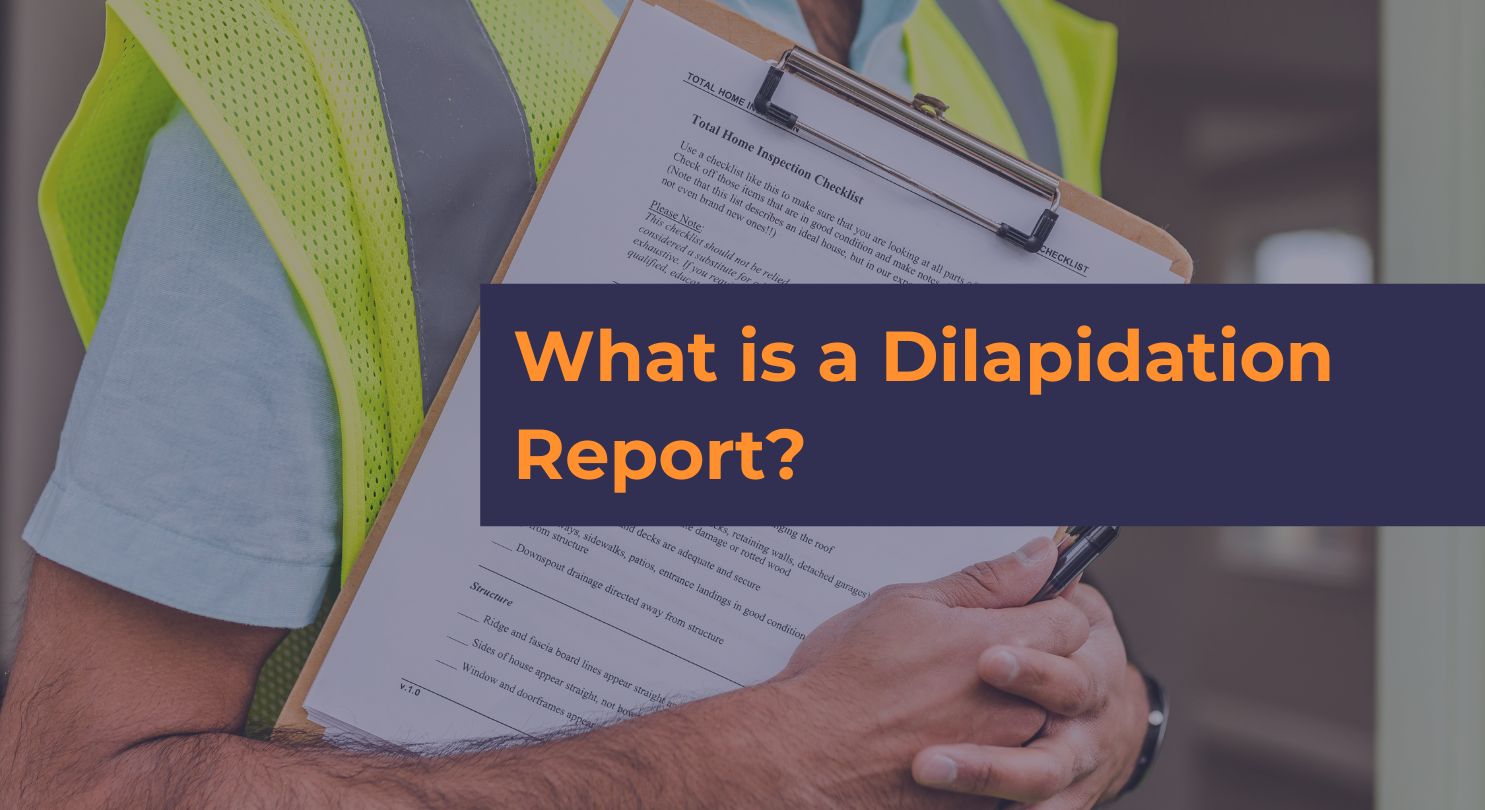When we build or demolish buildings, it’s really important to keep an eye on the buildings next door. That’s where a dilapidation report comes in. It’s like a health check for nearby buildings before and after big construction work. Dilapidation reports take note of how the condition of the buildings were before any work started. It’s a way to make sure that if these buildings get damaged because of the construction.
Imagine you’re building something big, and the house next door gets a crack in the wall. If you have a dilapidation report from before you started, you can show that the crack was already there, or that it happened because of your work. It’s all about being fair and keeping things safe.

I’m Ben from Safeguard Inspections, and I’ve building experience of more than 25 years. So I know all about what to look for in these reports and why they’re so important, And today I want to share just that. Whether you own a building, build things, or just want to learn, this article is for you. I’ll tell you all about why we need these reports and what they should have in them.
In this article, we’re going to talk about why these reports are a big deal when you’re building or knocking down something. We’ll look at how they help keep buildings safe and solve problems before they get too big. So, let’s get started and learn all about dilapidation reports.
What We Look for In a Dilapidation Report?
Now, let’s talk about what a dilapidation report really is. Imagine you have a notebook where you write down every little detail about how a building looks – like if there are any cracks in the walls, or if the doors close properly. That’s kind of what a dilapidation report is. It’s a detailed record made by experts about how a building is doing before any construction work starts nearby.

These reports are super important when big machines come in to build something new or take something down. These machines can shake the ground and sometimes cause damage to the buildings close by. The report is like a snapshot, a way to remember how everything looked before the work started. This way, if a building gets damaged after the work, we can check the report and see if the damage was already there or if it’s new.
So, what goes into this report? Let’s break it down. The experts who make these reports look at a lot of things. They check the outside of the building first. They look for cracks in the walls, broken windows, or if the paint is peeling off. They also make sure that the ground around the building is okay – no big cracks or holes.
Then, they go inside. They check if the doors and windows open and close right. They look at the walls and ceilings for any signs of damage, like cracks or water stains. They also check the floors to make sure they are not uneven or damaged. It’s not just about looking; they also take photos and write down everything they see. This way, there’s a complete record of the building’s condition.
These reports are really detailed. The experts use special tools to measure things and make sure they don’t miss anything. It’s all about being thorough and making sure every part of the building is checked.
In the end, the report is like a big checklist of everything in and around the building. It’s a way to make sure that if something goes wrong after the construction starts, we know exactly what changed. It’s all about keeping things safe and making sure everyone is treated fairly.
Importance of Dilapidation Reports
Why these dilapidation reports matter so much and why are Dilapidation reports so important. Think of it like wearing a helmet when you ride a bike. It’s there to protect you, right? Dilapidation reports do something similar for buildings.
Real Life Case Study of How Dilapidation Report can come in handy–
Here’s a real-life example to show how these reports can make a big difference. Imagine there’s a small bakery next to a place where a new shopping mall is being built. The bakery’s been there for years, and it’s got a lot of regular customers. One day, after the construction starts, the baker notices cracks in the wall that weren’t there before. Now, this is where the dilapidation report comes in handy. Because there was a report done before the construction started, the baker can show that those cracks are new. The construction company then knows they need to fix the damage.
Without that report, the baker might have had a hard time proving that the construction caused the damage. It could have led to a big argument, and the baker might have had to pay for the repairs himself. But with the report, it’s clear what happened, and the right people can take care of the problem.
Here’s another example. There’s a family living in a house close to where an old building is being taken down. They’ve noticed that their doors are sticking and not closing properly since the demolition work started. Again, because they have a dilapidation report, they can easily check if these issues were there before or if they’re new. Turns out, the demolition work caused some shifting in their house, leading to the door problems. With the report in hand, they can talk to the demolition company and get the issue sorted out.
These reports are crucial because they prevent misunderstandings and unfair situations. They make sure that if a building gets damaged because of nearby work, the people doing the work know they need to fix it. It’s all about being fair and keeping everyone safe. Without these reports, it would be much harder to figure out what damage was new and what was already there. It’s a way to keep everyone honest and make sure that construction and demolition work doesn’t hurt the buildings and people living or working nearby.
How to get a Dilapidation Report?
Getting a dilapidation report might sound like a big deal, but it’s actually pretty straightforward. Let’s walk through the steps on how to get one.
1. Find the Right Expert:
First things first, you need to find someone who knows how to do these reports. Look for a building inspector who has experience with dilapidation reports. You can contact Ben from Safeguard Inspections, Call Ben – Give us a call on 0410 534 472.
You want someone who knows what they’re doing and Ben is pretty experienced at what he is doing.
2. Set Up a Meeting:
Once you’ve found the right person, set up a time for them to come and take a look at your property or the property next to where the work will happen.
3. The Inspection Day:
On the day of the inspection, the expert will come and take a close look at everything. They’ll walk around the building, inside and out, and take notes and pictures. It’s important that they’re not rushed, so they can be really thorough.
4. The Report:
After the inspection, the expert will put together the report. This can take a little time because it needs to be detailed and clear. They’ll include all their notes, the photos, and their professional opinion on the condition of the property.
5. Review and Understand:
When you get the report, take your time to go through it. If there’s anything you don’t understand, ask the expert to explain. It’s important that you know exactly what’s in the report.
6. Keep It Safe:
Once you’ve got the report and understand it, keep it in a safe place. If there’s ever a dispute about damage from construction, this report will be your go-to document.
And that’s it! Those are the steps to getting a dilapidation report. It’s all about being prepared and making sure you have a professional who can do a thorough job. This way, you’re protecting your property and making sure everything’s fair and square.
Summary
Dilapidation reports are like a health check for buildings near construction sites. They’re super important because they record how these buildings are doing before any construction or demolition work starts. This way, if there’s any damage later, we can tell if it was caused by the construction or if it was already there.
Getting one of these reports is pretty simple. You find a good expert, like a building inspector, they come and check everything out, and then they write up a report. You can Give us a call on 0410 534 472
Now, why are these reports so important? Well, they help keep things fair and safe. They protect property owners from having to pay for damage they didn’t cause. And for construction companies, these reports show that they’re doing things the right way. It’s all about being responsible and making sure everyone is treated fairly.
In conclusion, whether you own a building, are planning some big construction work, dilapidation reports are really useful. They’re a key part of keeping construction work fair and safe for everyone. So, next time you see a big construction project, you’ll know that a dilapidation report is working behind the scenes, keeping an eye on all the buildings around it.
